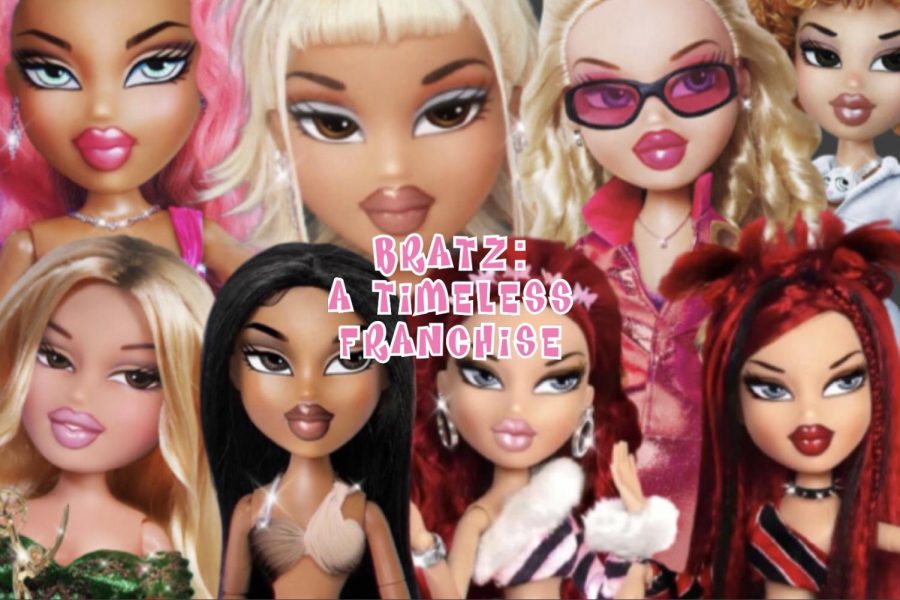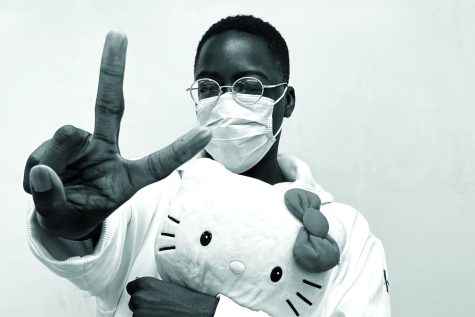Bratz: A Timeless Franchise
An analysis on the hyper-feminine doll brand of Mattel.
March 29, 2023
High fashion, bratty, and forever trending. Created by MGA Entertainment, American fashion doll and media franchise Bratz debuted in 2001 with four dolls: Yasmin, Cloe, Sasha, and Jade. The dolls featured almond-shaped eyes, glossy full lips, and glittery eyeshadow. The franchise would go on to become a big success, rivaling and eventually overcoming Barbie, the brand who reigned over the doll scene for over 50 years. Bratz reached great success with the expansion of spin-offs, including Bratz Kidz and Bratz Boyz, and a media franchise consisting of discography and adaptations into a TV series, a web series, a live-action film, and video games. But the brand would later get into legal trouble, changing the brand…What happened to these high fashion dolls?
Similar to a handful of other doll franchises, Bratz was heavily criticized and provoked controversy in multiple areas from their usage of stylized proportions and perceived hypersexuality. After the brand’s launch in 2001, franchise distributor MGA Entertainment got entangled in a lengthy legal dispute with Mattel over the rights to its design, coming to an end in 2011, with MGA emerging victorious.But then the brand was paused and put on a production hiatus. The doll franchise was rebranded multiple times, with the dolls’ first rebrand in 2010, commemorating the brand’s 10th anniversary. In 2013, the franchise was given a completely new logo and branding, with the dolls being changed to have taller bodies. As a result, fans of the franchise reacted negatively to these new designs and the dolls were no longer found anywhere on shelves in the doll aisle.
But as we’ve seen in recent years, Generation Z’s undying obsession for the past and the revival of all things Y2K has in turn revived the doll brand. The Y2K aesthetic started gaining real momentum on social media in 2020, when quarantine caused Gen Z to resort to social media app TikTok. Also, due to their femininity and sexuality, fans of the Y2K aesthetic have turned to Bratz dolls as an inspiration for their way of life and fashion. Due to the brand’s rise in popularity, it has been capitalizing off of trends in media: music, film, and television. On TikTok, the official Bratz account has more than over 2.2M followers and over 35.2M likes. On the page, you can find 3D recreations of moments in media that have been deemed “iconic” by fans, with their most viewed being a recreation of Drew Barrymore as Casey Becker in Scream. On their Instagram page, you can find celebrities turned into Bratz dolls, with their most recent recreation being Ice Spice. Bratz have tapped into people’s desire for nostalgia and now are targeting a more mature audience, ingraining themselves into pop-culture.
































